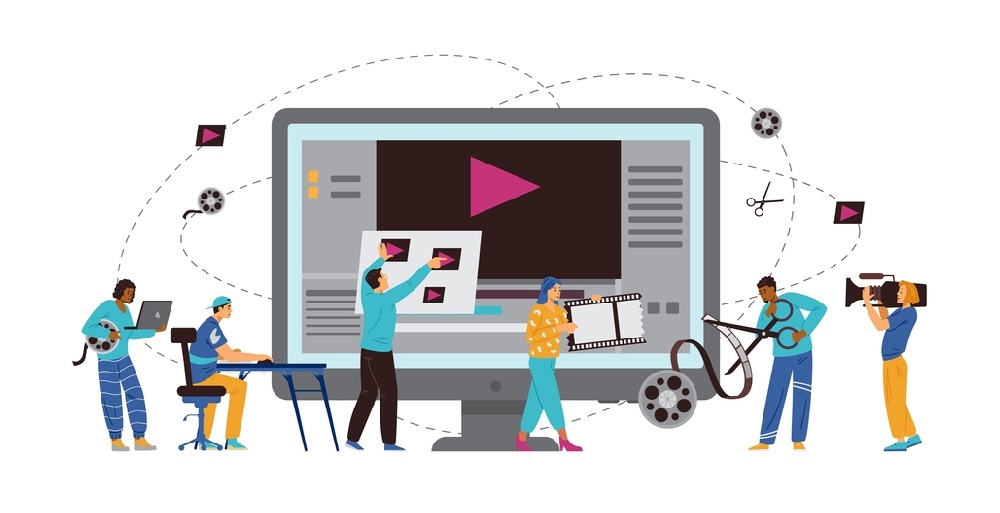The language of motion, as conveyed through animated videos, has evolved over the years, shaping trends that resonate across various industries. This blog explores the fascinating world of video animation trends, delving into the techniques, styles, and innovations that define this vibrant form of visual storytelling.
1. Evolution of Animation Techniques:
The journey of animation began with traditional hand-drawn techniques, paving the way for 2D animation. As technology progressed, the rise of 3D animation brought a new dimension to storytelling. Today, we witness a blend of these techniques, with advancements like motion graphics and stop-motion contributing to a diverse animation landscape.
2. Motion Graphics and Typography:
Motion graphics play a pivotal role in conveying complex information in a visually engaging manner. The integration of dynamic typography adds a layer of sophistication to videos, allowing creators to emphasize key messages through captivating text animations. This trend has become a staple in explainer videos, educational content, and advertisements.
3. Seamless Transitions and Flow:
In contemporary video animation, the emphasis is on creating seamless transitions and fluid motion. This not only enhances the viewing experience but also contributes to the overall narrative flow. The use of smooth transitions creates a visually pleasing journey for the audience, keeping them engaged from start to finish.
4. Minimalism and Flat Design:
A notable trend in recent years is the embrace of minimalism and flat design in video animation. Clean lines, simple shapes, and a limited color palette contribute to a visually appealing aesthetic. This style is often seen in corporate videos, brand animations, and user interface designs, conveying information in a clear and concise manner.
5. Cinematic Storytelling:
Video animation has transcended its traditional role and is increasingly used for cinematic storytelling. From short films to animated series, creators are leveraging animation to explore narratives that might be challenging or impossible to capture through live-action alone. This trend opens up new possibilities for storytelling across genres.
6. Augmented Reality (AR) and Virtual Reality (VR) Integration:
With the advent of AR and VR technologies, video animation has extended beyond traditional screens. Immersive experiences and interactive narratives are now possible, allowing audiences to engage with content in innovative ways. This trend is particularly prominent in gaming, education, and virtual events.
7. Character Animation and Emotion:
Character animation remains a cornerstone of video animation, with a growing emphasis on conveying emotions realistically. Advanced rigging and character design techniques enable animators to create characters that resonate with audiences on a deeper level. This trend is evident in animated films, series, and even marketing campaigns.
8. Social Media-Friendly Animations:
The rise of short-form content on social media platforms has influenced animation trends. Creators are crafting bite-sized animations optimized for quick consumption on platforms like Instagram, TikTok, and Twitter. These animations often rely on bold visuals and concise storytelling to make a significant impact in a short span.
9. Collaborations with Audio and Music:
The fusion of animation with audio elements, including music and voiceovers, adds a layer of richness to the viewing experience. Syncing animation with sound enhances emotional engagement and can be a powerful tool for conveying mood and tone. This trend is evident in animated music videos, podcasts, and branded content.
10. Sustainability and Social Impact:
As societal concerns continue to shape creative industries, video animation is increasingly used to address environmental and social issues. Animations advocating for sustainability, inclusivity, and social justice have become a powerful way to raise awareness and inspire positive change.
Conclusion
The language of motion is continually evolving, driven by technological advancements, creative innovations, and societal shifts. Video animation, with its diverse styles and applications, remains a versatile and impactful medium for storytelling in the digital age. As we move forward, we can expect even more exciting developments that push the boundaries of what animation can achieve in conveying ideas, emotions, and narratives.


No comments yet